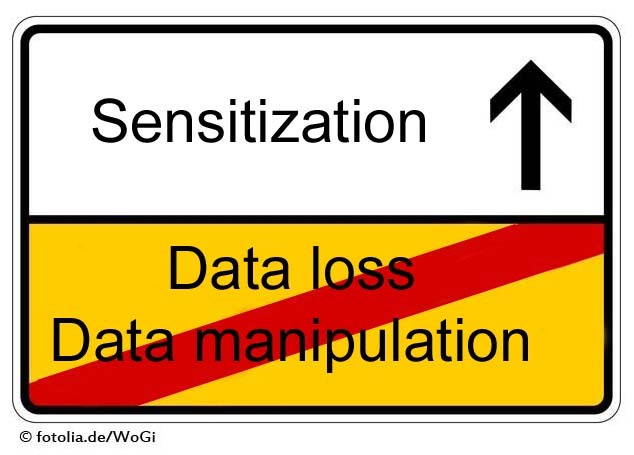

Cost reductionLegacy systems that are only still needed for the display and processing of older data generate high costs. In order to continue operating them, licensing costs must be paid and investments made in maintenance. Sometimes hardware must even be replaced. If the old software was adapted with individual development to meet the needs of the user in the past, it must be ensured that the application know-how is also available in the future for its continued operation. From these viewpoints, it is thus prohibitively expensive to continue to maintain a legacy system. Migrations of the entire database are also uneconomical as a rule. The approach recommended by CSP is to extract the productive data from the database and then migrate it to the new system. The existing data, however, should be stored in a revision-proof long-term archive to ensure long-term access.
End of life cycleWhether it is an off-the-shelf purchase or a customized software application: if a solution has reached the end of its life cycle, there is really no other choice but to shut it down. There is often no source code and know-how available for purchased software. Some manufacturers no longer exist, or they have been acquired by othercompanies. If an old solution is no longer supported by the manufacturer, support has to be done internally from the company employees. This can be very expensive, if at all affordable. In addition to the reasons already mentioned, the switch to a new hardware or a new operating system is often the reason that an old application can no longer be operated. However, the end of life cycle can also be reached if the needs of the business have changed. In the event of a new market orientation, a completely different type of support is often needed from company software.
IT consolidationWhen scheduled company projects are to be mapped by IT due to mergers or acquisitions, the data is usually made available in newer, future-proof solutions. This consolidation of IT systems with a new infrastructure creates order and optimizes costs, including administration and staff training costs. Working with a unified database structure and overarching new systems is an important requirement for increasing transparency and quality of data. Other objectives include, in particular, bundling of know-how and finding solutions for growing amounts of data. Current data protection regulations are to be observed. Database archiving also safeguards productive databases for which rules must also be observed.
ComplianceLegal retention requirements apply for data just as for documents. Therefore, it is a must to keep data from databases audit-proof and compliant in the long term. Storage in an old application in which data can be modified or deleted does not meet specifications. It is obvious that the legacy data must be removed from the legacy application and converted into a database archive. In this context, legal security is immediately established and the old system can be shut down.
Read access to archivesProfessional solutions for database archiving such as Chronos offer users convenient read access to archived data. Users can search specifically for desired information from the old system and access it in a similar form that they are used to. Intuitive web clients are used in this context. This requires that the data be stored in the archive in an open format. Each authorized party can make its queries in predefined forms via SQL to the database and display the results in the web client - no database expertise is required. In many application retirement projects, according to the experience of CSP, important evaluations are implemented that the departments have long wanted to perform, but have been postponed. This results in added value created by the archive.
| < Prev | Next > |
|---|









